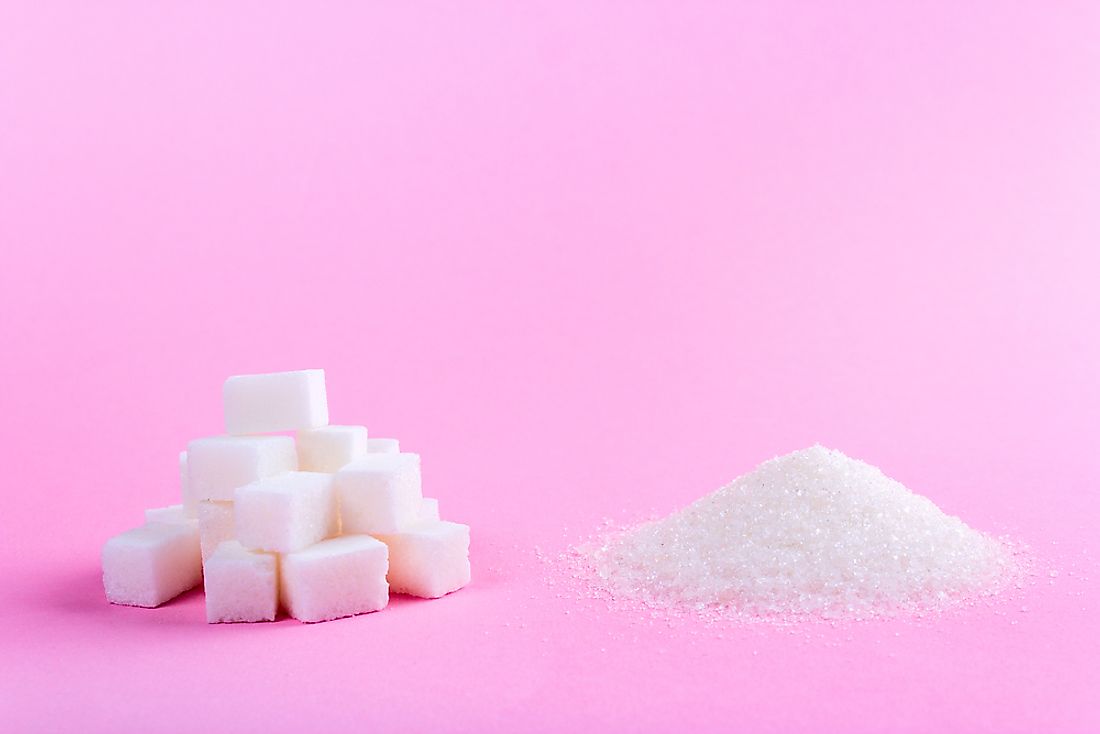What is a Pure Substance?

A pure substance refers to an element or a compound that has no component of another compound or element. Pure substances are made of only one type of atom or molecule. Hydrogen gas and pure iron are examples of pure substances. Hydrogen consists of hydrogen atoms only while iron consists of only iron atoms. Mixing two pure substances results in a mixture. To separate the two, scientists use a method known as filtration. Mixtures can either be homogeneous or heterogeneous. The measure used to determine how pure a substance may be called purity. Besides hydrogen and iron, other pure substances include gold, diamonds, sugar, and baking soda.
The Identification of a Pure Substance
There are four distinct ways of determining the purity of a substance: boiling points, melting points, electrical conductivity, and chemical reactions. When one exposes a pure substance to a specific temperature condition, the environment as well as pressure, they are capable of undergoing definite changes which are unique and recognizable. Pure substances have a specific boiling point and a specific melting point. Concerning electrical conductivity, the copper used in electrical wiring must be pure. A substance such as pure liquid water is a very poor conductor of electricity due to the lack of electrolytes that assist in the conduction of electricity. During chemical reactions, pure substances form predictable products over and over again. Other features used to determine the purity of substances are vapor pressure, refractive index and density for gases, liquids, and solids respectively.
Degree of Purity of a Substance
The degree of purity of a substance is merely a measure of the extent at which impure substances are present in a substance. It is now apparent that a change in features such as boiling points, however slight, is an indication of the presence of some other substance in that substance. Substances that interfere with the purity of a substance are called impurities. Water, for example, has a boiling point of 100°C and a melting point of 0°C. Any change in these values denotes the presence of an impurity. The melting point of a substance should always be similar to its freezing point. When there is a variation, impurities should be suspected. The melting and boiling points of pure substances are always sharp.
Effects of Impurities on Pure Substances
There are four properties that impurities exude on pure substances. The properties are collectively called colligative properties. Impurities raise the boiling point of a substance, lower its freezing point, decrease the vapor pressure, or cause its fluid to exert more osmotic pressure. When mixed with other substances, water’s freezing point drops. This principle helps to cool various substances at temperatures lower than the freezing point of water. Another application of the phenomenon of impurities is in areas that experience very low temperatures during winter. Salts are spread on roads to increase the melting of ice. Furthermore, seas, due to their salty nature, are not capable of freezing even when other water bodies freeze due to very low temperatures. Hence, the knowledge of pure substance is critical in thermodynamics, chemical reactions, and typical day to day life.











